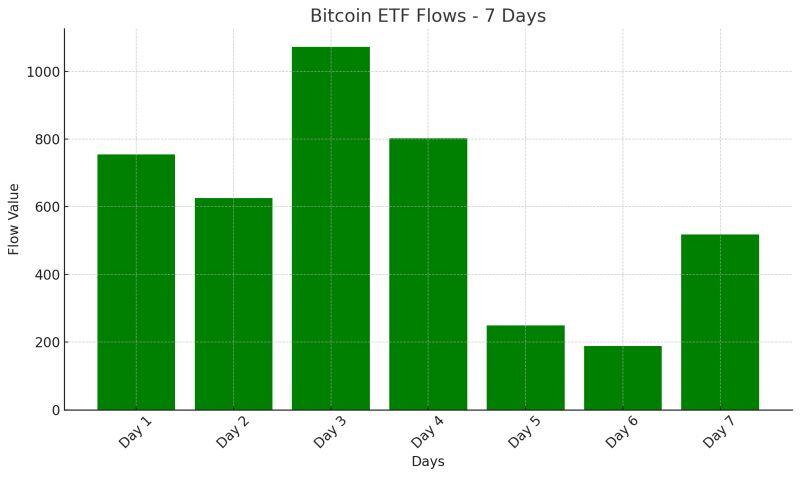Straight from the Desk
Syz the moment
Live feeds, charts, breaking stories, all day long.
- All
- equities
- United States
- Macroeconomics
- Food for Thoughts
- markets
- Central banks
- Fixed Income
- bitcoin
- Asia
- europe
- investing
- technical analysis
- geopolitics
- gold
- Crypto
- AI
- Commodities
- Technology
- nvidia
- ETF
- earnings
- Forex
- china
- Real Estate
- banking
- oil
- Volatility
- energy
- magnificent-7
- apple
- Alternatives
- emerging-markets
- switzerland
- tesla
- United Kingdom
- Middle East
- assetmanagement
- amazon
- russia
- ethereum
- microsoft
- ESG
- meta
- Industrial-production
- bankruptcy
- Healthcare
- Turkey
- Global Markets Outlook
- africa
- Market Outlook
- brics
- performance
I think I already found my chart of the week...
The black line shows Total known Gold ETF Holdings while the brown line represents the Gold spot price. The ETF crew has finally woken up, but paper gold has a long way to go to catch up to physical buyers, who after the 2022 weaponization of the dollar are mostly central banks. Source: zerohedge
Gold ETFs drew largest weekly inflow since March 2022, says WGC
Physically backed gold exchange-traded funds (ETFs) registered the largest weekly inflow since March 2022 last week, data by the World Gold Council (WGC) showed on Monday. Gold ETFs store bullion for investors and account for a significant amount of investment demand for the precious metal, which hit a record high of $2,956.15 per troy ounce on Monday. Gold ETFs saw an inflow of 52.4 metric tons worth $5 billion last week, the largest amount since the first week of March 2022, when global markets were grappling with immediate consequences of Russia's invasion of Ukraine. This raised their total holdings by 1.6% to 3,326.3 tons, the largest since August, 2023. The U.S.-listed funds led the inflow last week with 48.7 tons. For comparison, in January they saw an outflow of 6.3 tons. source : reuters
It's been awhile since the US S&P500 $SPY has been in the bottom half of country ETF performance.
That's where it is YTD though. Europe has been flying in 2025. Source: Bespoke
🚨CRYPTO ADOPTION 43% FASTER THAN MOBILE PHONES, 20% FASTER THAN INTERNET
Crypto has hit 300M users in just 12 years—43% faster than mobile phones and 20% faster than the internet, per BlackRock. Younger generations, inflation fears, and Trump’s pro-crypto stance are fueling the surge. With bitcoin ETFs projected to hit $250B and regulatory wins piling up, crypto’s mainstream takeover is accelerating. Source: BlackRock thru Mario Nawfal on X
Investing with intelligence
Our latest research, commentary and market outlooks









